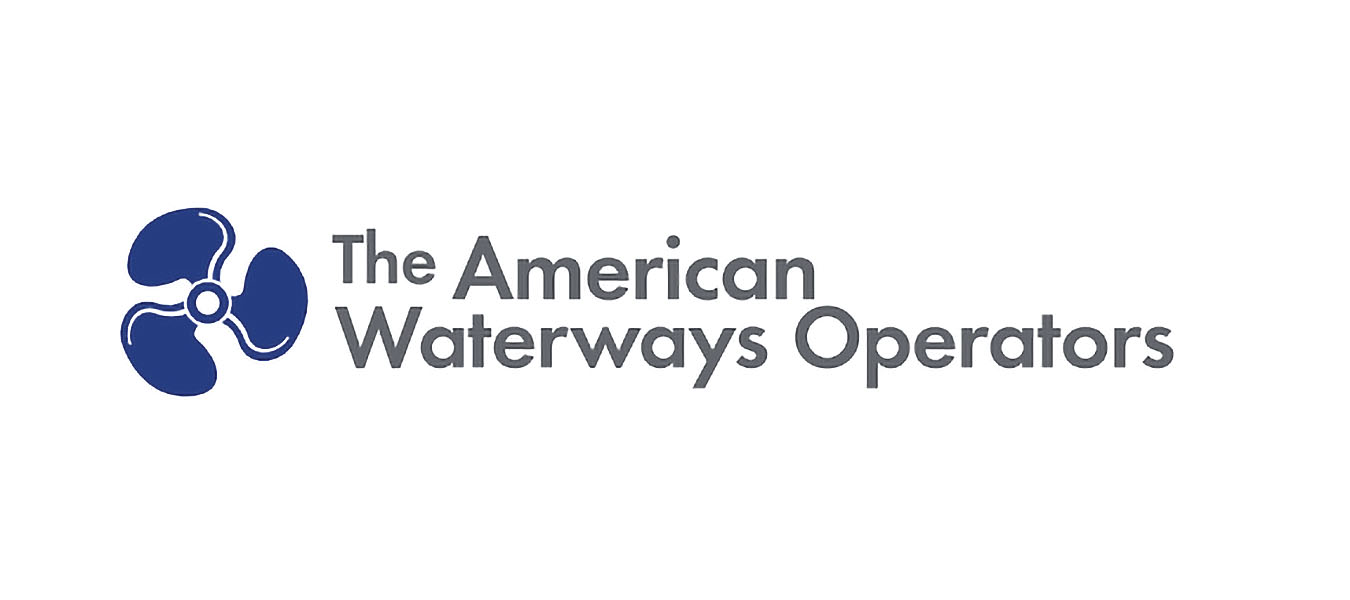“In today’s industry, safety permeates everything we do—it is fundamental to who we are.”
That message, delivered by AWO President Thomas Allegretti at The American Waterways Operators’ 2019 Summer Safety Committees’ meeting in Chicago on August 14-15, was echoed by speaker after speaker. The event was attended by 210 people from 114 companies.
AWO Chairman Scott Merritt remarked that with the advent of the Responsible Carrier Program, begun 25 years ago by AWO leadership, safety “gradually took over” as the main focus of the organization’s mission.
The program was initiated as part of an industrywide response to the Big Bayou Canot disaster in 1993, in which a passenger train derailed on a bridge that had been damaged by a towboat eight minutes earlier.
In the same vein, Allegretti tied every one of the towing industry’s most important issues to safety.
“First and foremost, operating safely is the right thing to do. … We owe it to [the men and women who work for us] to provide a safe working environment.”
“It’s because of our commitment to safety,” he continued, “that we are effective in working with government in developing regulations that make sense.”
Allegretti pointed out that AWO members have always sought to exceed regulatory minimums. “[W]hile our record demonstrates that we can embrace regulation that is rooted in collaborative partnership with our government stakeholders, being an unsafe industry will bring about heavy-handed regulation that denies us a real voice in the process.”
“Commitment to safety is critical to the long-term viability of our industry,” he said, because the industry would not find partners in Congress willing to work with an industry perceived as unsafe.
Subchapter M Enforcement
Subchapter M, said Allegretti, is a “milestone achievement,” but more remains to be done. He raised the issue of consistent enforcement, saying, “Our operators need to be confident that the operators up the river and around the corner are being held to the same standards. It is unacceptable, and unsustainable, that companies that have invested vast amounts of time and resources—both financial and personnel—in complying with Sub M must stand by idly and watch as companies who have done little to comply are left to operate freely, unsafely, without consequence. As an industry committed to safety, we cannot accept that.”
Among the panelists who spoke about various aspects of safety culture, Capt. Matt Edwards, chief of the Office of Commercial Vessel Compliance at Coast Guard headquarters, gave an enlightening talk on Subchapter M enforcement, including what conditions and findings could lead to vessel detentions.
Safety Unites All Industry Issues
Allegretti said that defending the Jones Act and federal pre-emption, two long-term priorities of the inland navigation industry, are also closely tied to safety. Allowing foreign operators to operate on U.S. waterways would raise a whole host of new safety issues. Likewise, allowing each individual state to proliferate a different set of safety regulations would be confusing and not conducive to safety. “If mariners have to contend with a patchwork of state regulations, rather than being able to rely on a consistent, national framework, then some companies will be reluctant to invest in the most advanced safety measures for their workforce because they won’t have full confidence that those investments will keep them in compliance from one state to the next.”
Finally, he said, modernizing waterways infrastructure also speaks to safety, since aging and crumbling infrastructure increases risks even when inland mariners are operating as safely as possible.
Safety Statistics
Allegretti urged members to recruit companies with which they do business that do not yet participate in the AWO’s Safety Statistics Reporting Program to join it. The AWO’s goal is 100 percent participation by industry members. The AWO’s Pacific region has achieved 100 percent participation.
“Only 100 percent participation will give us an accurate picture of the data, so that we can make fully informed decisions about safety. And the case for our credibility before policymakers and regulators will be that much stronger when we can go to them and say all of our members participate in this program,” he said.
The keynote remarks at the safety event were given by Lorraine Martin, president and CEO of the National Safety Council, who joined the NSC after a 30-year career with Lockheed Martin and service in the Air Force.
Video highlights are available on the AWO’s website.




